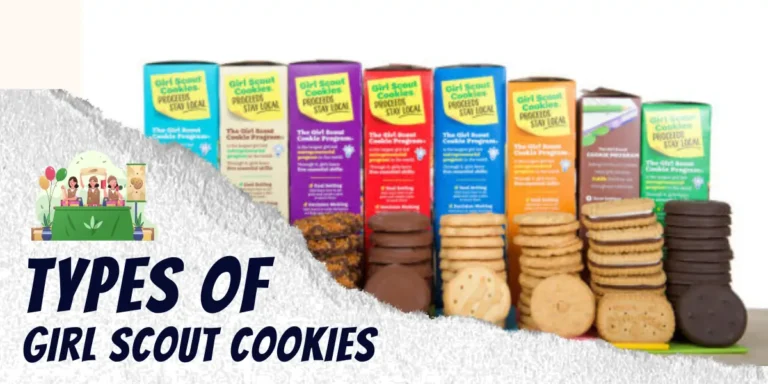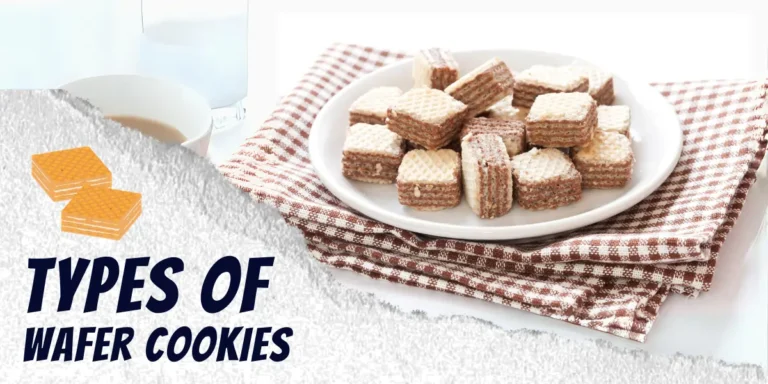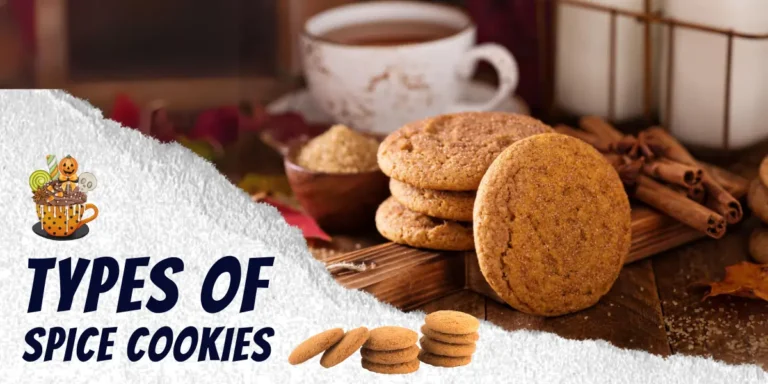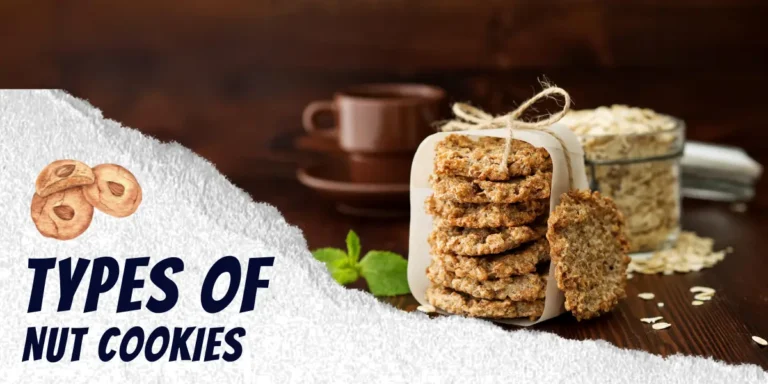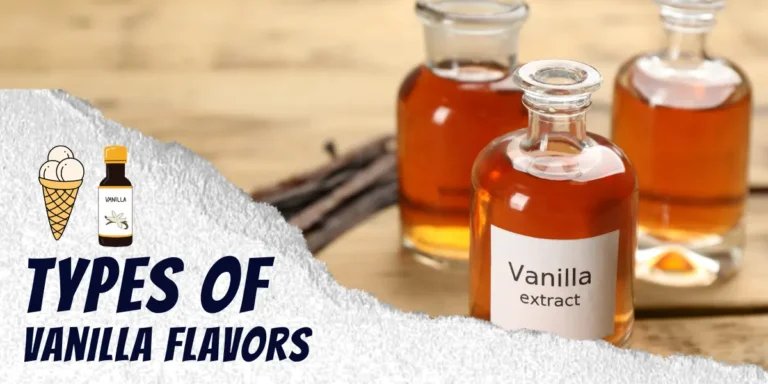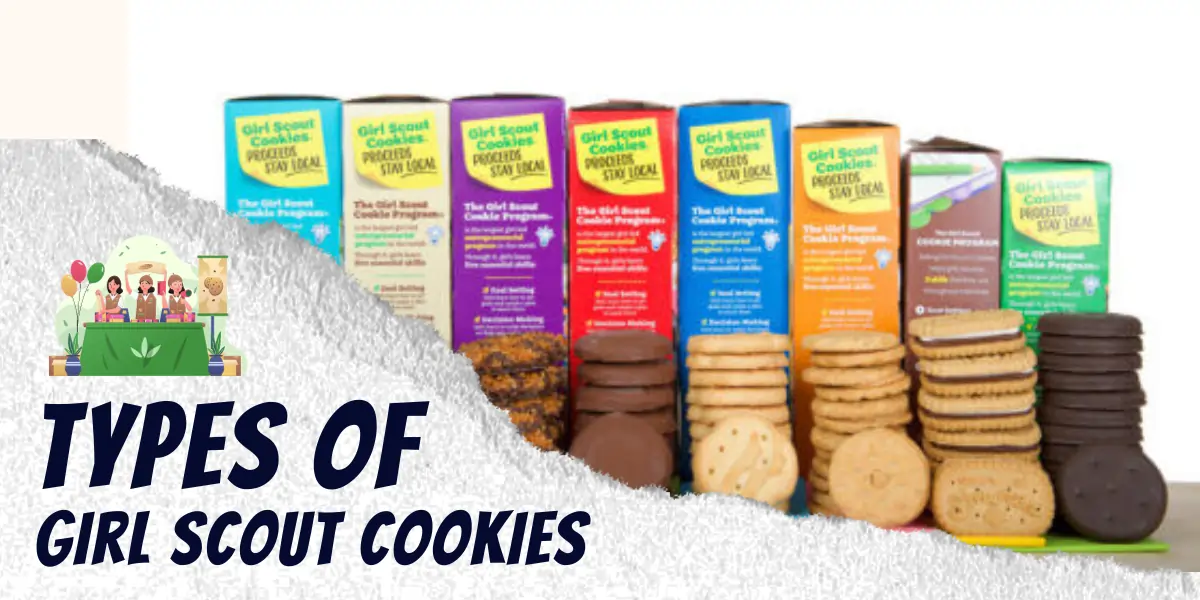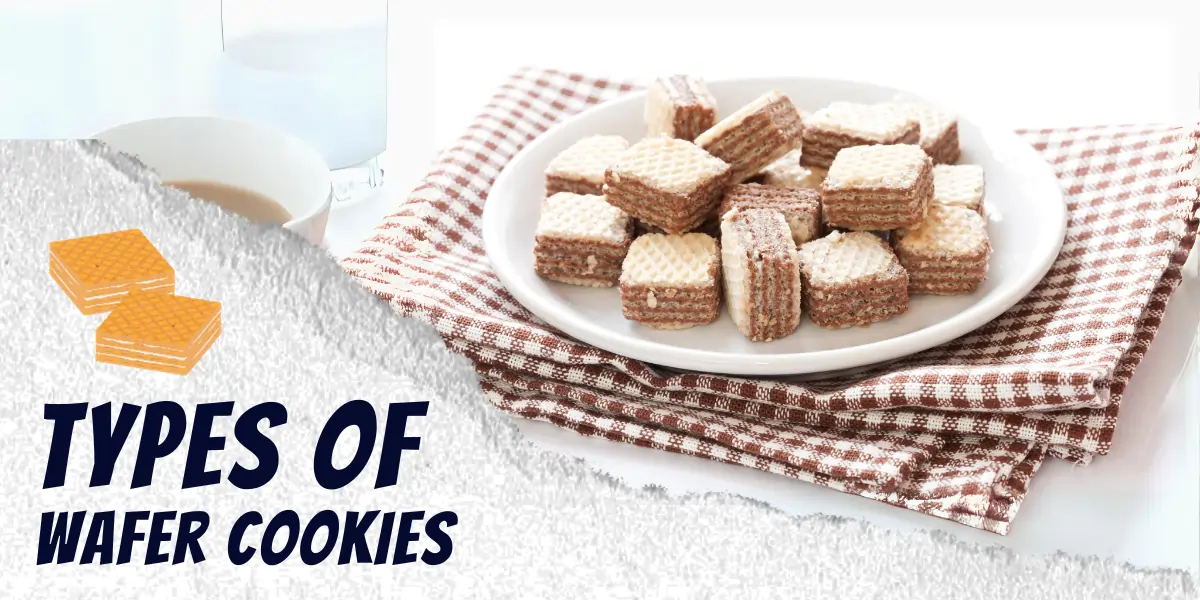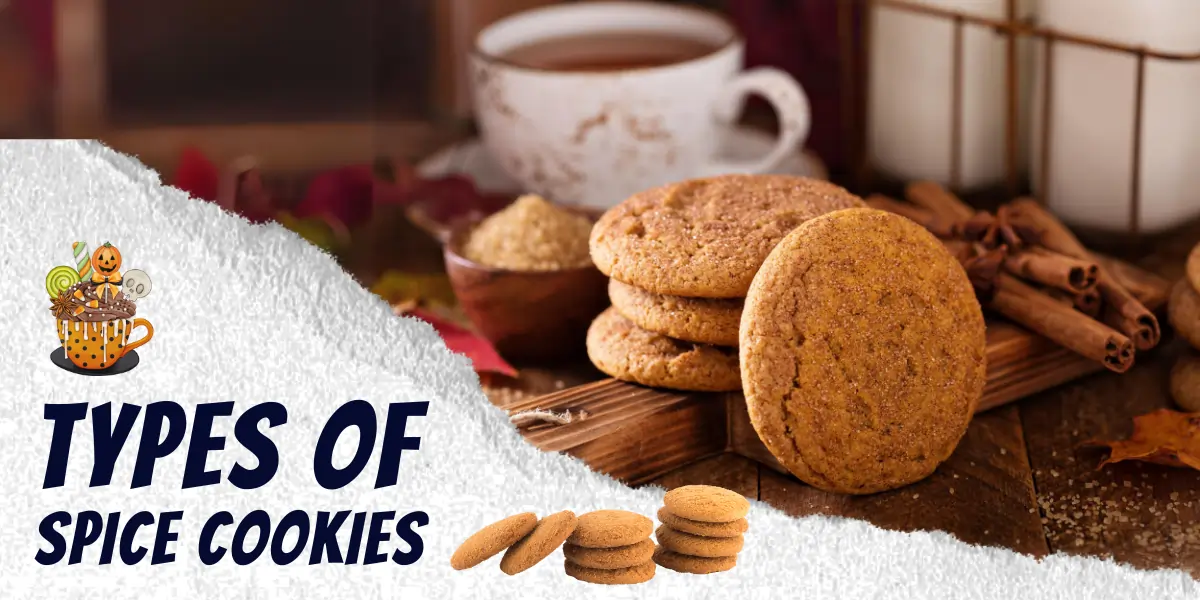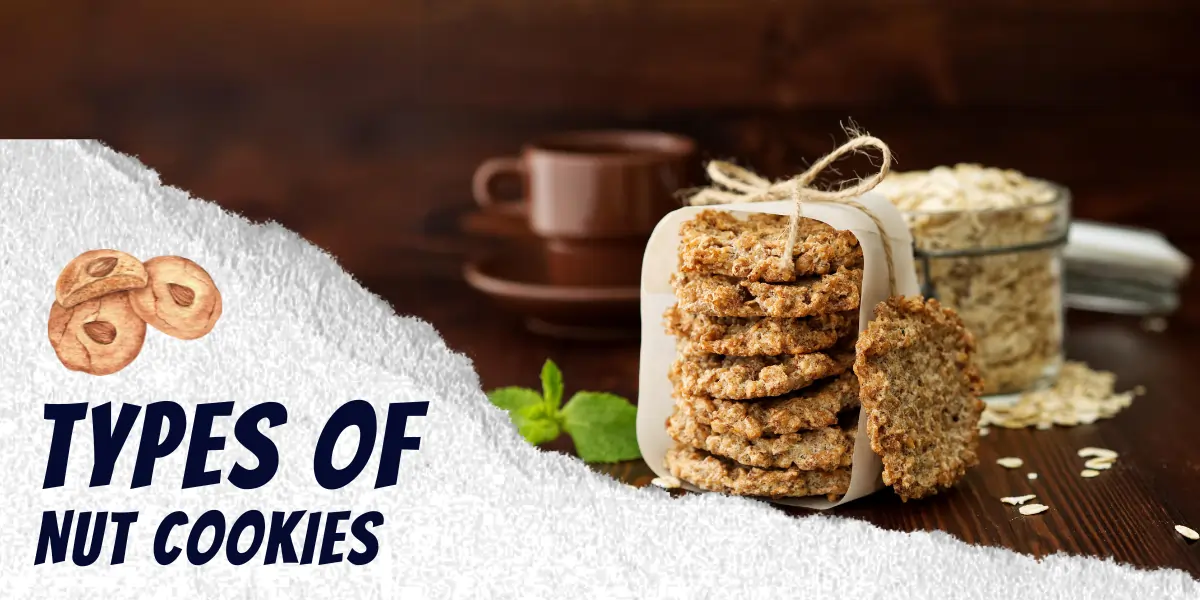From traditional ovens to state-of-the-art convection systems, baking encompasses a broad spectrum of techniques for transforming ingredients into delicious eats.
This guide will give you a complete tour of the types of baking methods used to create those festive birthday cakes, wholesome homemade breads, melt-in-your-mouth cookies, and beyond. So preheat your ovens, butter your pans, and get ready to become a baking methods expert
Table of Contents
An Intro to Baking Methods
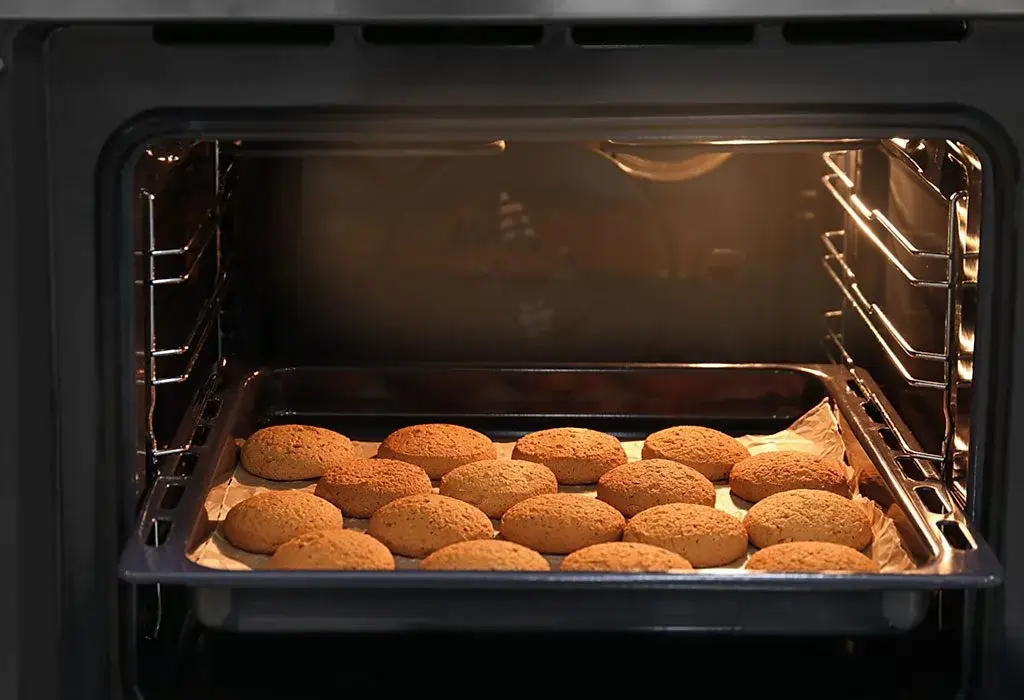
Before digging in, let’s quickly define what baking methods refer to. Baking methods describe the different ways heat can be introduced to food items in order to cook them.
More specifically for baked goods, how the transferring of dry heat transforms dough and batter while adding color, texture, structure, and flavor.
Baking methods mainly differ based on the type of oven, heat source, and whether heat permeates from outside-in or inside-out. We’ll overview the essential methods your recipes may instruct from traditional ovens to specialty equipment. Time to get your bake on!
Standard Oven Baking
The traditional image we likely envision, standard oven baking represents the most common heat technique for goods like cakes, cookies, breads, and beyond. Let’s uncover more:
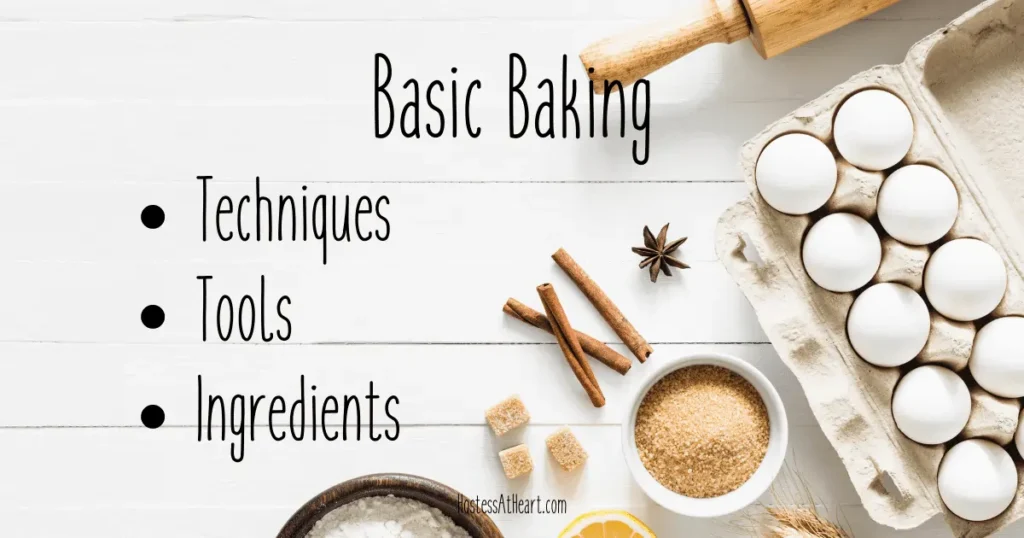
Basic Process
- Preheating oven 30-75°F above target temp
- Baking dish types: metal, glass, ceramic
- Direct/Indirect: Multiple racks for multi-item batches
- Consistent, adjustable dry baking heat
Pros:
- Most accessible method using home ovens
- Easy to regulate standardized texture/appearance
- Simultaneous high volume output
- Imparts signature oven-baked finish
Cons:
- Lengthy preheating if not convection powered
- Hot spots if poor circulation
- Easy to over/under bake without caution
- Limited finish customization ability
Use Cases:
As the common starting point for most recipes, standard oven baking shines for familiar goods like cookies, cakes, breads, savory bakes, and more. The approachable technique welcomes beginners while offering pros predictability.
Convection Oven Baking
Building on standard ovens, convection baking accelerates cooking via improved heat circulation. Discover more:
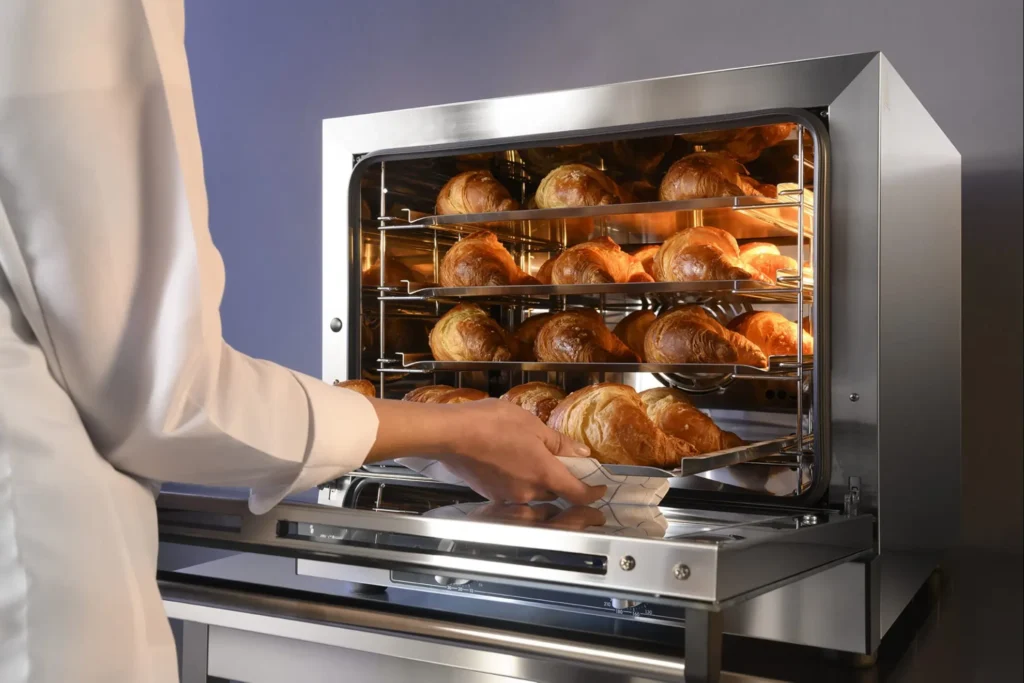
How It Works
- Powerful interior fan circulates hot air
- Increased airflow = better heat transfer
- Reduces overall cook times up to 25%
- More consistent temperatures throughout
Pros:
- Speedier baking times
- Crispier finishes with caramelization
- Precision airflow = consistent results
- Great for delicate items or finicky recipes
Cons:
- Pricier equipment investment
- Noise from fan circulation
- Smaller batch capacity
- Need to recalibrate standard oven recipes
Use Cases:
Convection ovens enable bakers to work faster and more efficiently. Quick cook times make techniques like puff pastry more approachable. Exceptional crispness and color also suit delicate cookies or crowning roasts. The accelerated velocity empowers creative exploration through rapid iteration.
Microwave Baking
Though often pigeonholed for reheating, explore microwave baking beyond melting butter or warming leftovers:
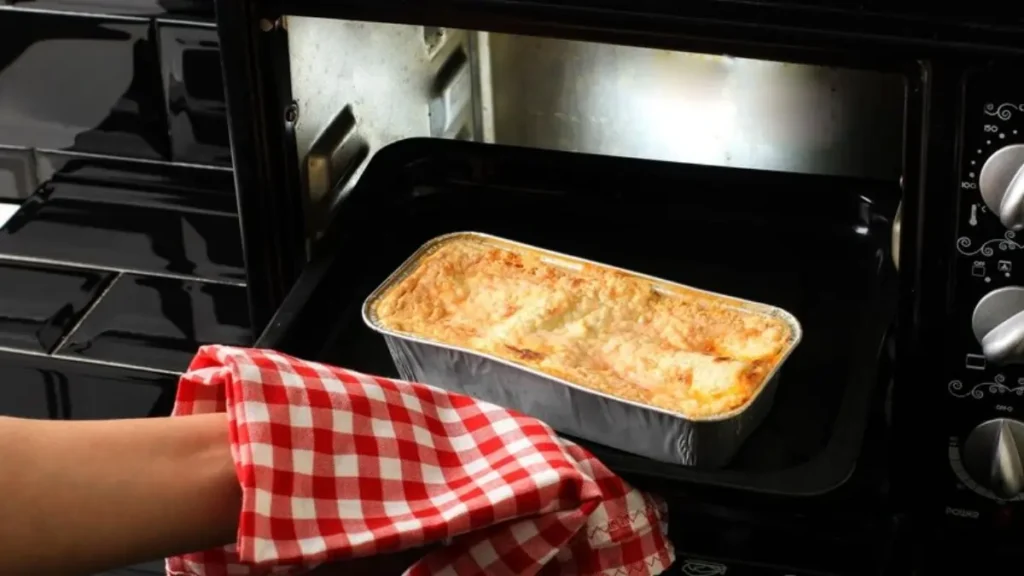
Key Functions
- High frequency radio waves = friction heat
- Works best alongside convection/toaster
- Small, dense baked goods ideal
- Handles ingredients with high water content
Best Items:
- Mug cakes
- Small batches of fudge
- Flower-shaped sponge cakes
- Fruit crumbles
Pros:
- Ultra fast baking times
- Minimal cleanup with mugs
- Portion control built-in
- Fun to craft single-serve creations
Cons:
- Uneven cooking risks
- No crispy browned textures
- Spongey, dense end results
- Challenging to execute two item batches
Use Cases:
Microwave baking fits the bill when you crave warm cookie right now or want to create bite-sized baked party favors without turning on the big oven. The tool works best for small moisture-rich items and supplements larger preparation. When creativity (or cravings) strike, zap a microwave masterpiece to life within minutes!
Alternative Heat Source Baking
Beyond home kitchens, alternative heat source equipment enables specialty baking results. Check out the methods behind artisanal bread ovens, brick pit fires, and more.
Masonry Bread Ovens
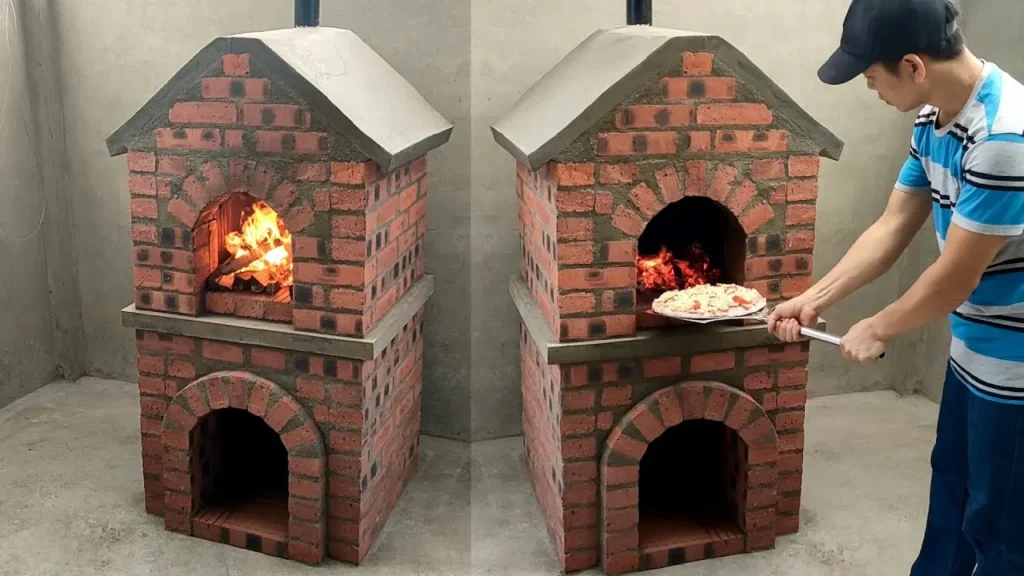
- Made from materials like brick, stone, clay
- Traps heat and steam for crusty artisan loaves
- Imparts smoky essence and distinct bottom charring
Best Breads: Rustic boules, focaccia, pizza, pretzels
Pros:
- Iconic bakery shop aura and presentation
- Enhanced flavor complexity
- Environmental heat retention
Cons:
- Heavy, fixed installations
- Long preheat times
- Limited practicality for home kitchens
Wood-Fired Pizza Ovens
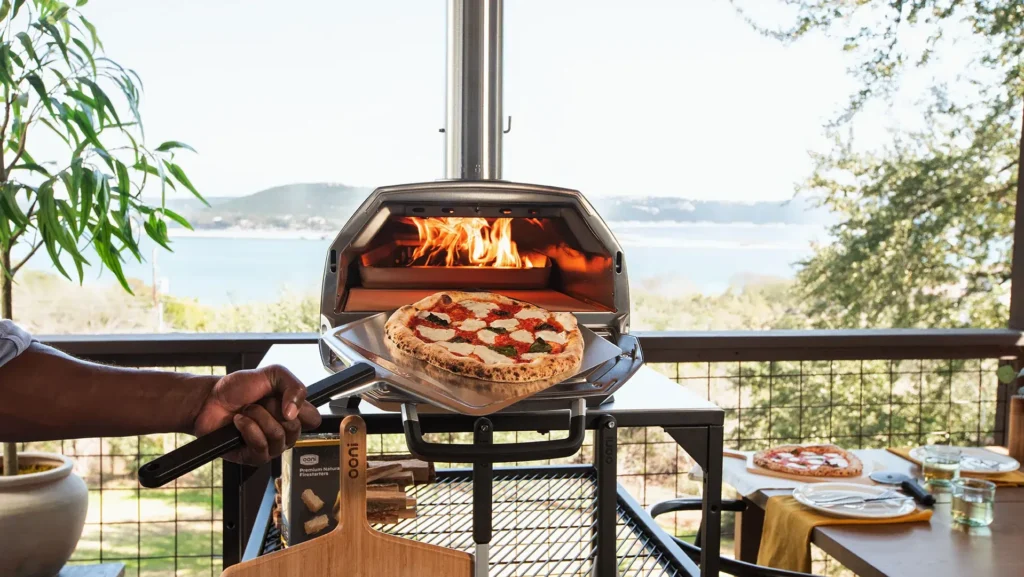
- Extremely high heat from hardwood logs
- Flame kiss and smoke = enhanced charred flavors
- Promotes desired leopard spotting on crust
Pros:
- Significantly hotter than home oven max temps
- Unmatched crisp, smoky, charred pizza crust
- Changes finished texture and taste
Cons:
- High equipment expense
- Temperature regulation learning curve
- Limited to select high-heat items
Use Cases:
Alternative heat source ovens enable artisanal outcomes difficult to replicate otherwise, transporting kitchens to old world village bakeshops. The radiant warmth and aroma woos patrons while specialized results woo their tastebuds. Now your neighborhood pizzeria’s secret shines bright!
No-Bake Baking
Sometimes even baking pros need to skip the heat. Explore essential no-bake desserts and how texture comes from creative chemistry instead:
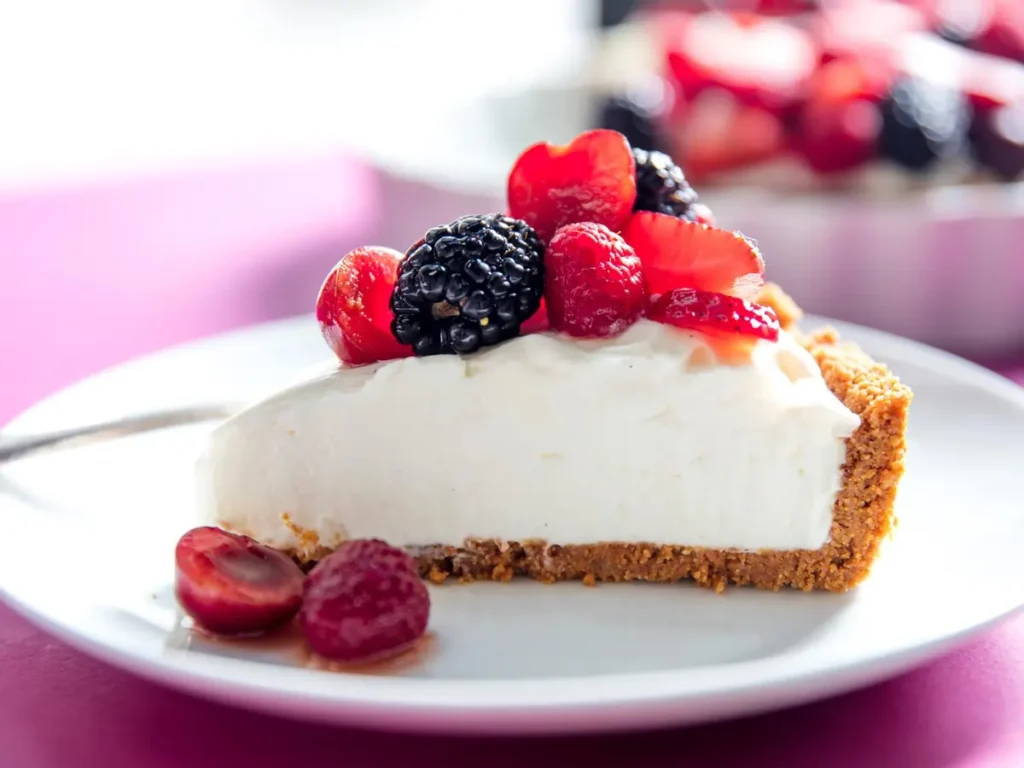
Key Methods
- Fridge sets dairy/cream fat and egg custards
- Starch gelatinization from sugar syrup heating
- Manipulating sugar state changes
- Binding with nut butters or crushing cookies
No-Bake Examples:
- Cheesecakes
- Chocolate mousse
- Haystack/no-bake cookies
- Pie fillings like lemon or key lime
Pros:
- Save energy costs by avoiding oven
- Prevention of overbaking disasters
- Kinder for delicate ingredients
- Allows very warm weather enjoyment
Cons:
- Limited non-sweet applications
- Textures can seem artificial or overly dense
- Food safety vigilance essential
Use Cases:
When weather simmers or you lack oven access, no-bake desserts save the day. Kids also relish mixing magical ingredients that transform seemingly by kitchen witchcraft. We call it food science but don’t ruin Santa’s secrets!
Baked Good Mix-Ins
Beyond core techniques, mix-in ingredients further customize baking results. Sprinkles, chips, nuts – oh my!
Stirred Additions
- Semisweet chocolate chips
- Dried fruit like raisins or cranberries
- Spices and extracts to amplify flavor
- Shredded coconut for tropical vibes
- Crushed candy or cookies on dough balls
Toppings
- Streusels and crisps
- Nut mix blended with sugar or oats
- Sweetened flaked or shredded coconut
- Decorative sugar crystals/sanding sugars
- Chocolate curls or shavings
Pros:
- Easy way to spin standard doughs
- Portion control for incremental diversity
- Additional texture contrasts
Cons:
- Risk altering delicate batter chemistry
- Need to complement not overwhelm
- Allergy/preference restrictions
Use Cases:
The options stay endless when jazzing up blank batter canvases with stir-ins or creative finishes. Mix-ins shine for holidays, custom catering, or themed events. Kids also relish customizing cookie colors and textures through edible arts and crafts!
Baking With Alternative Flours
With dietary preferences expanding, alternative grain and nut flours enable more folks to bake inclusively.
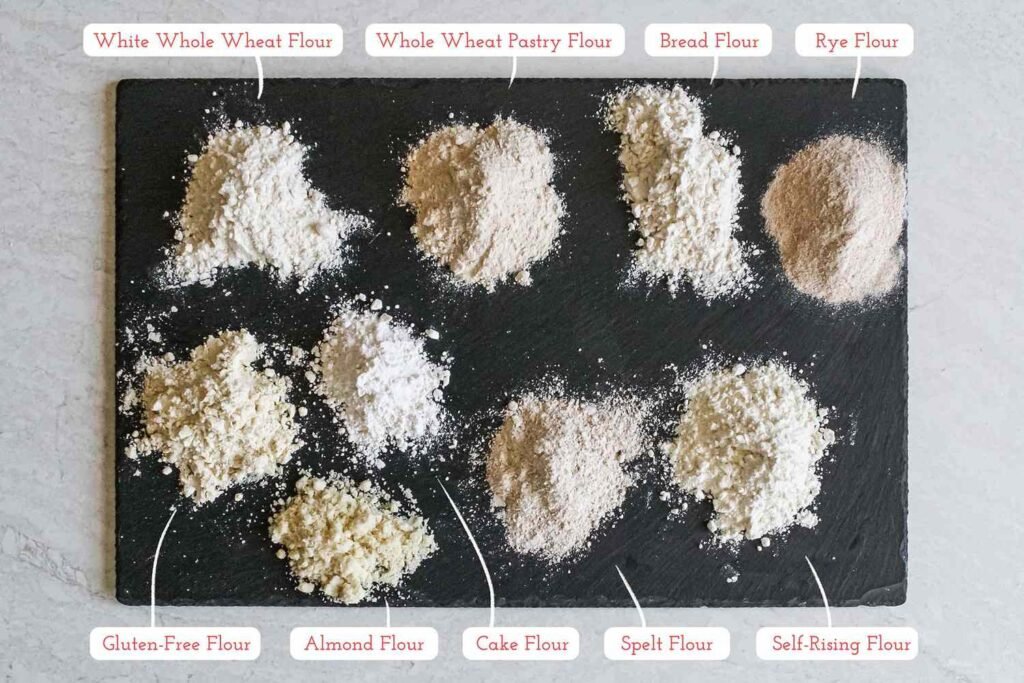
Flour Substitution Science
- Impacts moisture absorption and protein content
- Determine required texture then select closest match
- May incorporate multiple to achieve right formula
Common Options:
- Almond flour
- Coconut flour
- Oat flour
- Chickpea flour
- Nut flours like pecan
Pros:
- Expands nutrition horizons for all
- Makes baking possible despite restrictions
- Minimizes unnecessary waste
Cons:
- Often pricier than all-purpose flour
- Can create crumblier, denser results
- Might limit recipe adaptability
Use Cases:
Alternative flours make desserts accessible for various health needs – gluten sensitivity, Paleo, diabetic, high protein, etc. Products proudly labeled boast inclusiveness. At home, alternative flours minimize ingredient waste. Your crunchy quinoa cookie invented to polish off the bag makes you a rock star!
Bread-Specific Baking Tips
From braided challah to sourdough, excellent bread represents the sublime synthesis of science and skill. Refine technique with these hot tips:
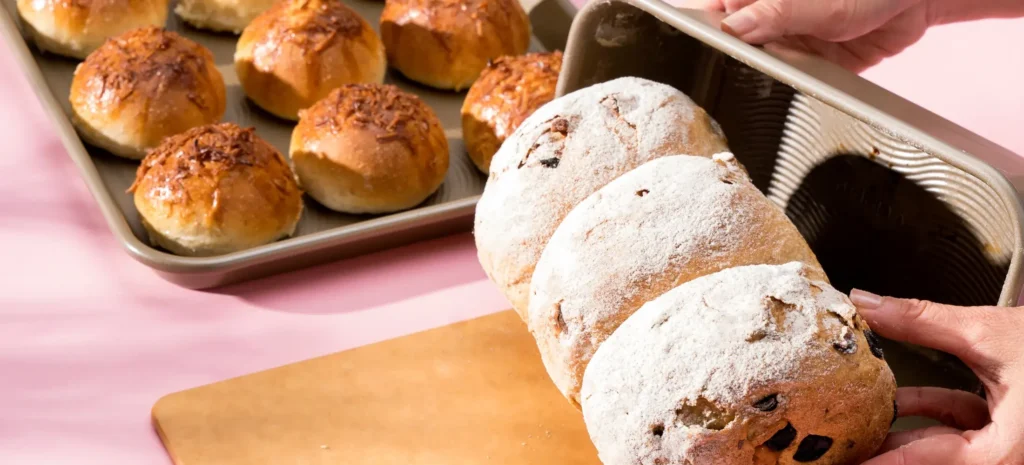
- Kneading until passes “windowpane test” enables proper gluten formation
- Punching down removes gas pockets for consistent rise – Slashing surface decoratively releases steam
- Baking hot then reducing temperature prevents hard crust before fully cooked center
Common Tricks:
- Water pans for moisture to achieve chewy interiors
- Steam injection systems
- Convection fans
- Stone surface conduction
Pros:
- Produces picture-perfect loaves
- Formulas boost complex flavor
- Satisfaction of mastering finicky recipes
Cons:
- Time and labor intensive
- Easy to commit faults like overproofing
- Expect some trial and error
Use Cases:
When seeking idyllic bakery-style aroma and taste, artisanal bread baking rules. The meticulous methodology rewards those craving new challenges and brag-worthy results. Nothing reads homemade hospitality quite like a freshly sliced loaf with soft innards wrapped in a crackly crust.
Baking Equipment Must-Haves
Assembling essential baking gear helps techniques shine. Prepare your ultimate batterie de cuisine with these most-used items:
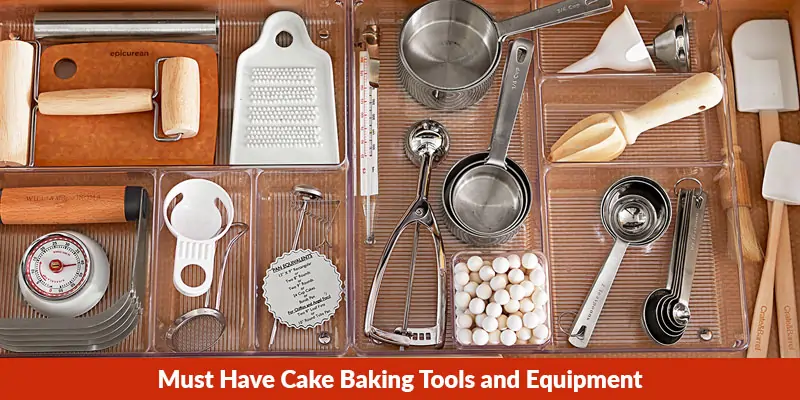
Oven Essentials:
- Reliable thermometer
- Cooling racks
- Parchment paper
- Silicone baking mats
- Variety of baking pans
Hand Tools:
- Rubber spatulas
- Wire whisk
- Measuring cups + spoons
- Rolling pin
- Pastry blender
Specialty Bakeware:
- Bundt pans
- Madeleines molds
- Canoe pans
- Vegetable rings
- Novelty pans
Pros:
- Insulation for even heat distribution
- Efficient prep/transfer speeds
- Produces consistent results
- Saves cleanup hassle
Cons:
- Upfront investment
- Storage space required
- Must match equipment to recipe
Use Cases:
Like carpenters or painters, bakers produce best results when properly equipped. Assemble baking essentials best suiting needs – conducive home ovens, handy tools, specialty molds sparking inspiration. Then unleash your inner artist!
Baking Methods Glossary
Mastering kitchen arts means learning a new language. Define baking methodology terms that leave friends and family impressed:
- Blind baking: Partially pre-baking dough before filling to prevent collapse
- Proofing: Allowing yeast dough to rest/rise before baking
- Tempering: Carefully raising chocolate temperature to specific point so it retains sheen
- Creaming: Beating sugar into fat to introduce air pockets before adding other ingredients
- Gluten development windowpane test: When stretched dough becomes translucent without tearing
Show off your authoritative baker diction whether reciting recipes or critiquing contestants during cube cupcake competitions!
Famous Baked Creations
Finally, pay homage to history’s iconic baking legends who masterfully honed their craft over generations:
- Kamut trademark grain rediscovered in King Tut’s Egyptian tombs
- Pillsbury Bake-Off launching in 1949 to promote flour – now 68 years strong!
- Marie Antoinette’s brioche: machinery requiring 40 egg yolks per loaf
- 1700s gingerbread guilds regulating spice blends as exclusive secret formulas
- OG animal crackers designed by Stauffer’s Biscuit Company in 1871
The next legendary bake awaits your oven! What new traditions will you inspire?
Conclusion
We’ve toured baking methodology from traditional ovens to alternative flours – identifying proper techniques for treats from bread to cookies and beyond. While modes constantly evolve with new tools, the satisfying science of heat transforming dough persists timelessly.
As you preheat ovens for your next comfort food classic or boundary-pushing bake, reflect on the generations who shaped baking know-how. Feel connected.
Then get busy making the next iconic creation! Whether keeping tradition or reinventing rules, baking methods equip creative flavor journeys to share with those we love most.


